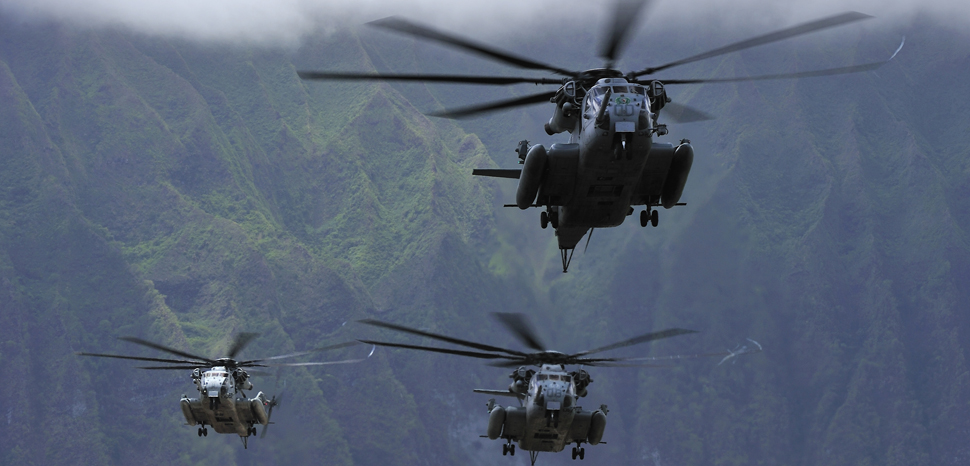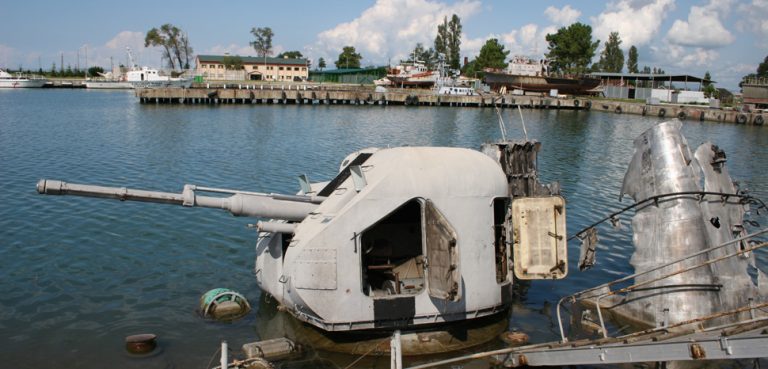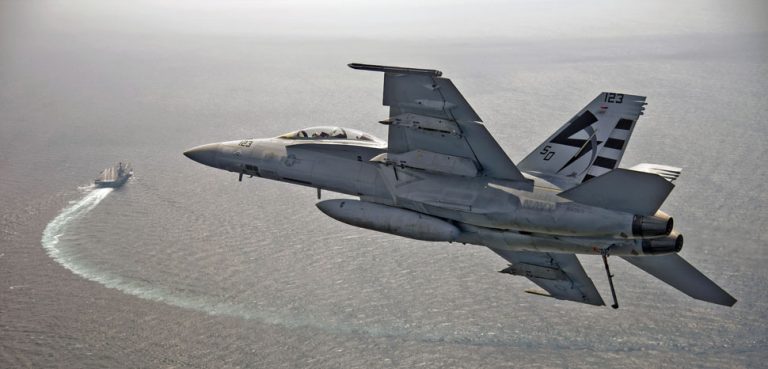On 30 March, separatist rebels opened fire on three employees of the Grasberg gold and copper mine near Puncak Jaya – the highest mountain in Indonesia’s remote easternmost province of Papua. One worker was killed and another two sustained gunshot wounds in the attack, which targeted an office and housing area of US-based firm Freeport-McMoRan. The company jointly owns the site – which is the largest gold mine and second largest copper mine in the world – with the Indonesian government.
The mine sits at the heart of a volatile region. The Papua region, which encompasses the provinces of both Papua and West Papua, has been the site of a low-level separatist insurgency since the 1960s. Seven years after the end of Dutch colonial rule, the region was incorporated into Indonesia in 1969 via a disputed referendum, in which only 1,025 Papuans, carefully chosen by the Indonesian military, were permitted to cast a ballot. The poll remains a source of tension and drives separatism to this day.
While the conflict has persisted at a low level for decades, last year – the 50th anniversary of the vote – witnessed an uptick in violence. Protestors took to the streets across the two provinces last August, angered by an incident in Surabaya in which Papuan university students were arrested by police and suffered racial taunts from nationalists, over accusations they had desecrated an Indonesian flag. The ensuing street demonstrations soon turned violent, with deaths and injuries reported on both sides.




